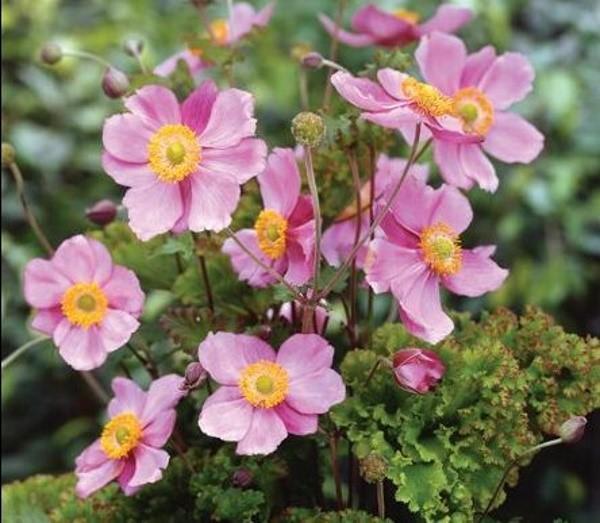Forcing anemones: how to time flowering to the desired date
 Forcing anemones is no more difficult than forcing bulbous plants like hyacinths, irises and other flowers. Anemone nodules are very viable and can sprout almost throughout the year, including in winter. Having created comfortable conditions for the flower, you can admire the delicate buds at a specific time, for example, on March 8th. How and when it can be done, what types of anemones are best used for distillation - we'll talk about this today.
Forcing anemones is no more difficult than forcing bulbous plants like hyacinths, irises and other flowers. Anemone nodules are very viable and can sprout almost throughout the year, including in winter. Having created comfortable conditions for the flower, you can admire the delicate buds at a specific time, for example, on March 8th. How and when it can be done, what types of anemones are best used for distillation - we'll talk about this today.
How to awaken tubers?
In our conditions with cold winters, anemones rarely hibernate in the open field. After flowering, tubers are usually dug up, and they hibernate, slightly drying out. This means that before distilling, the anemone needs to be awakened and growth processes activated at an unusual time for it. This can be done in two ways:
- Place the tubers in a container of water.
- Wrap them in a damp cloth bag.
In this form, anemones must be at least a day for the tubers to swell. The second option is more preferable. Tubers completely immersed in water can disappear without air, but sometimes this method also gives a result.
Which varieties are best used for forcing?
In indoor conditions, flowers are constrained by the limited space of the flowerpot and windowsill... For this reason, it is better to take undersized anemones for distillation. Some growers prefer varieties with white buds, others like multi-colored varieties. Most often, the following anemones are used for distillation:
- crown;
- gentle.
Timing of distillation of anemone
Indoor conditions, you can plant anemones from autumn to the end of winter. The exact timing depends on the desired flowering date. From the moment of germination to the blooming of the buds, in general, it takes about three months.
Accordingly, in order to get a blooming anemone by March 8, you should start sprouting tubers in December.
Forcing anemones: important nuances of care
When the nodules are swollen, they should be planted in a light nutritious soil. In this case, you must choose small pots. In a dish that is too spacious, the earth will dry out for a long time and there is a risk that the tubers will rot.
It is not necessary to deeply deepen, it is enough to slightly press the tubers into the ground.
The planted anemones should be placed for the first time in a bright, but cool room with a temperature not exceeding 12 degrees Celsius. When the buds begin to form, the pots are rearranged to a warmer room. Water the anemone often, but carefully, not allowing water to stagnate. At the end of flowering, you need to wait for the aerial part to die off. Then get the tubers, dry and send for storage.